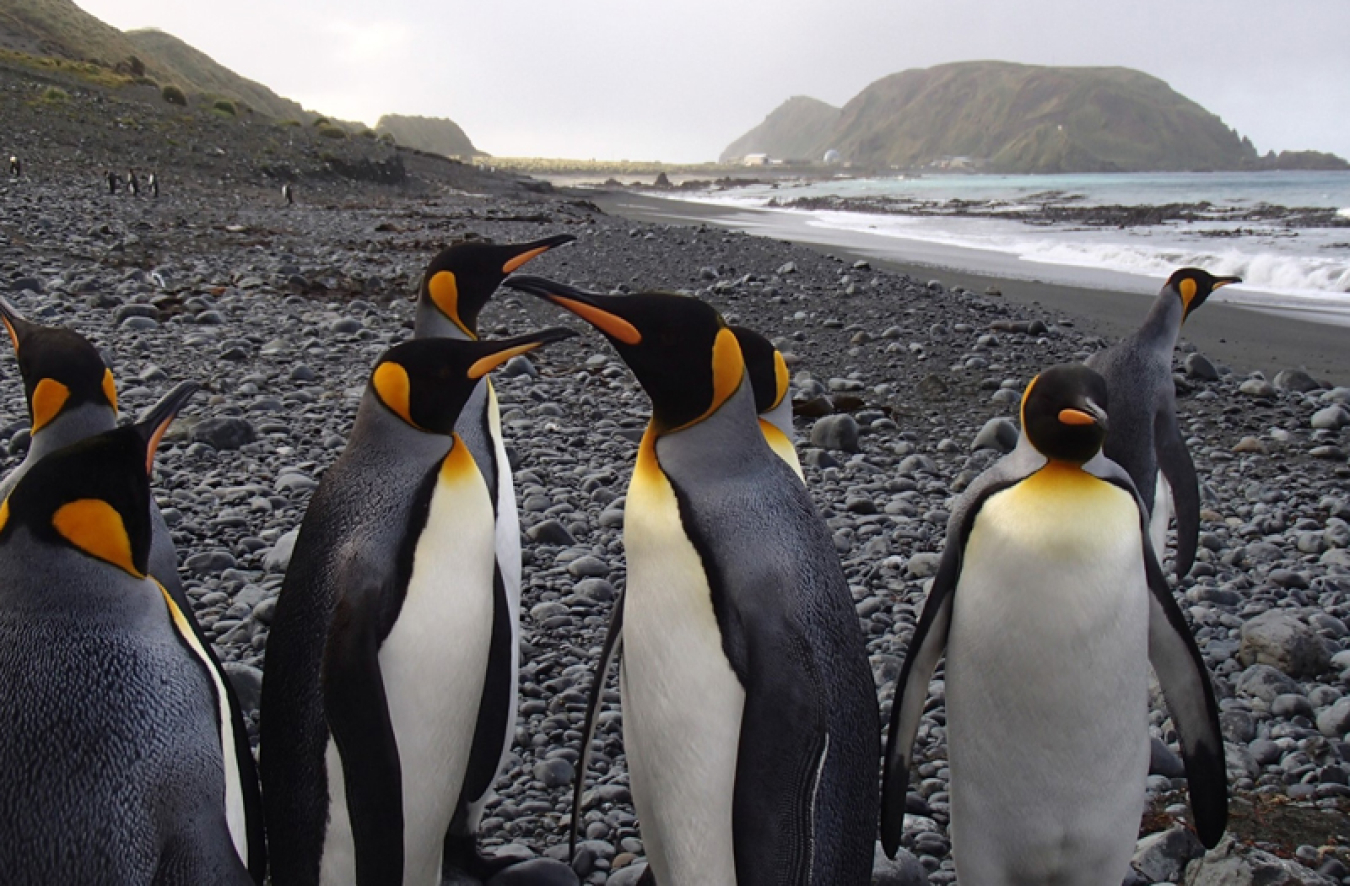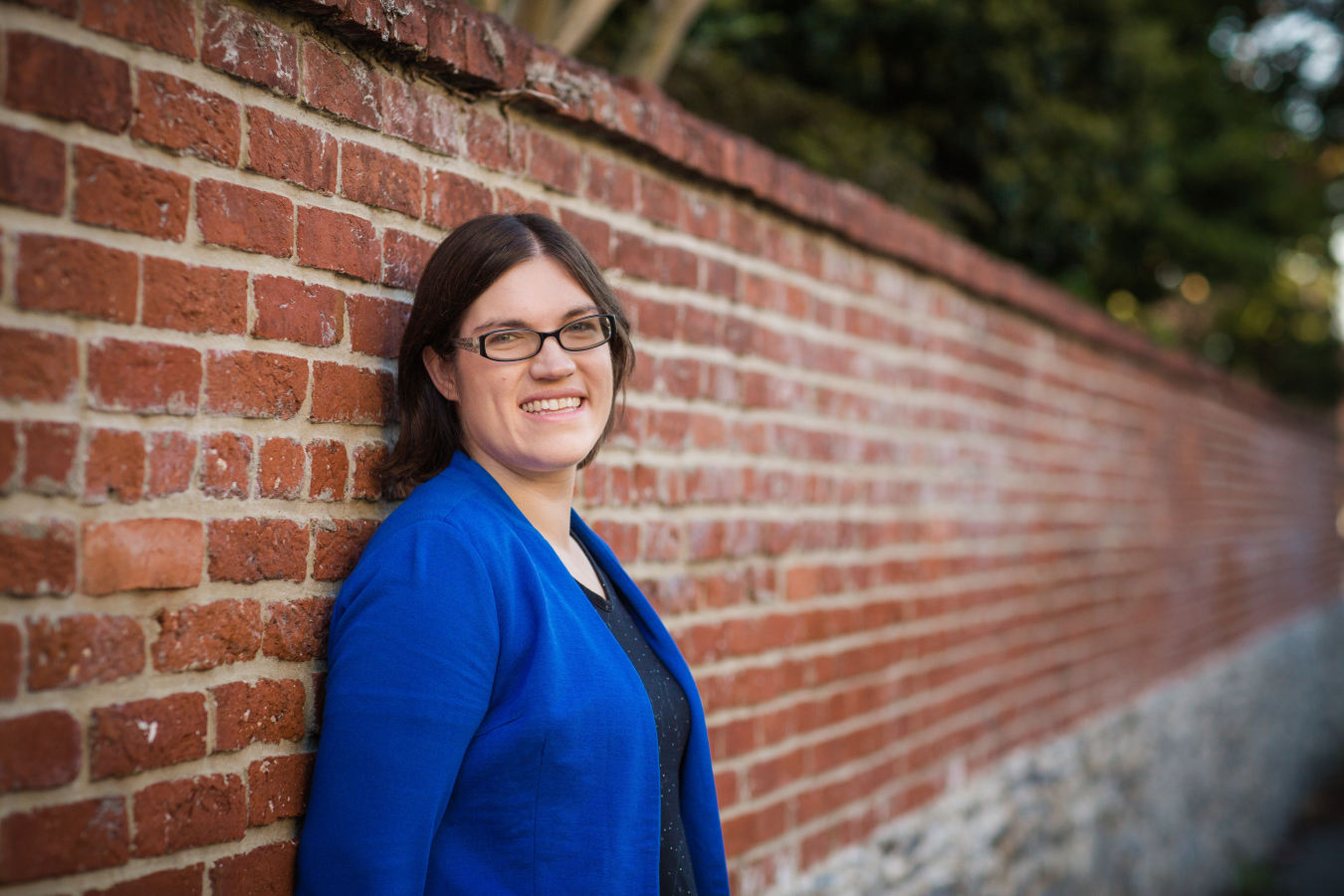Scientists working on atmospheric research campaigns have opportunities to collect data and have experiences available nowhere else.
August 31, 2023
Remote research locations can result in unusual co-workers. In the Macquarie Island Cloud and Radiation Experiment (MICRE), scientists shared their field site with Gentoo penguins that lived on the island. But the scientists weren’t there to watch wildlife. Instead, they were collecting data on clouds over the Southern Ocean. As Macquarie Island is located between Australia, New Zealand, and Antarctica, it’s an ideal location to study atmospheric processes that help drive global climate.
Before this campaign, computer simulations of the global climate didn’t represent clouds in this region well. The Southern Ocean tends to have more low-altitude, supercool clouds than oceans in the Northern Hemisphere. But satellite data about the area’s clouds and aerosols (small particles in the atmosphere) had a large amount of uncertainty. These gaps affected computer models’ ability to predict the regional and global climate.
To improve these models, scientists needed to collect data in the field. The remote island also offered scientists an opportunity to study an area with very few aerosols from continents.
The Department of Energy Office of Science’s Atmospheric Radiation Measurement (ARM) user facility ran the MICRE experiment from 2016 to 2018. They shipped equipment to this remote island, including instruments to measure solar radiation. Other instruments measured precipitation and the amount and type of aerosols in the atmosphere. The ARM campaign collaborated with both the Australian Bureau of Meteorology and Australian Antarctic Division, which run a research station on the island.
Since the end of the campaign, researchers have been analyzing the data. Climate modelers have been finding ways to integrate it into and reduce uncertainties in climate models. The data is also available for free on the ARM Data Center.
MICRE is far from the only ARM campaign at a remote location. Researchers on other ARM campaigns have taken data amongst polar bears in Alaska and condors in the Andes. Conducting research in these regions can provide us with unique insights into the Earth’s climate systems. Sometimes, they also offer encounters with non-human occupants that remind us of who we share our planet with.
Shannon Brescher Shea

Shannon Brescher Shea ([email protected]) is the social media manager and senior writer/editor in the Office of Science’s Office of Communications and Public Affairs. She writes and curates content for the Office of Science’s Twitter and LinkedIn accounts as well as contributes to the Department of Energy’s overall social media accounts. In addition, she writes and edits feature stories covering the Office of Science’s discovery research and manages the Science Public Outreach Community (SPOC). Previously, she was a communications specialist in the Vehicle Technologies Office in the Office of Energy Efficiency and Renewable Energy. She began at the Energy Department in 2008 as a Presidential Management Fellow. In her free time, she enjoys bicycling, gardening, writing, volunteering, and parenting two awesome kids.

